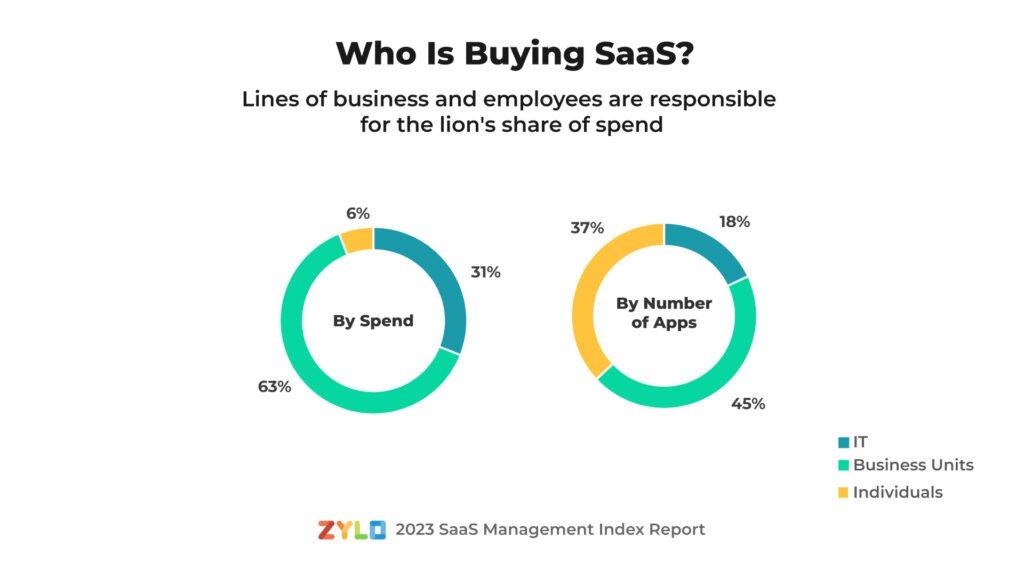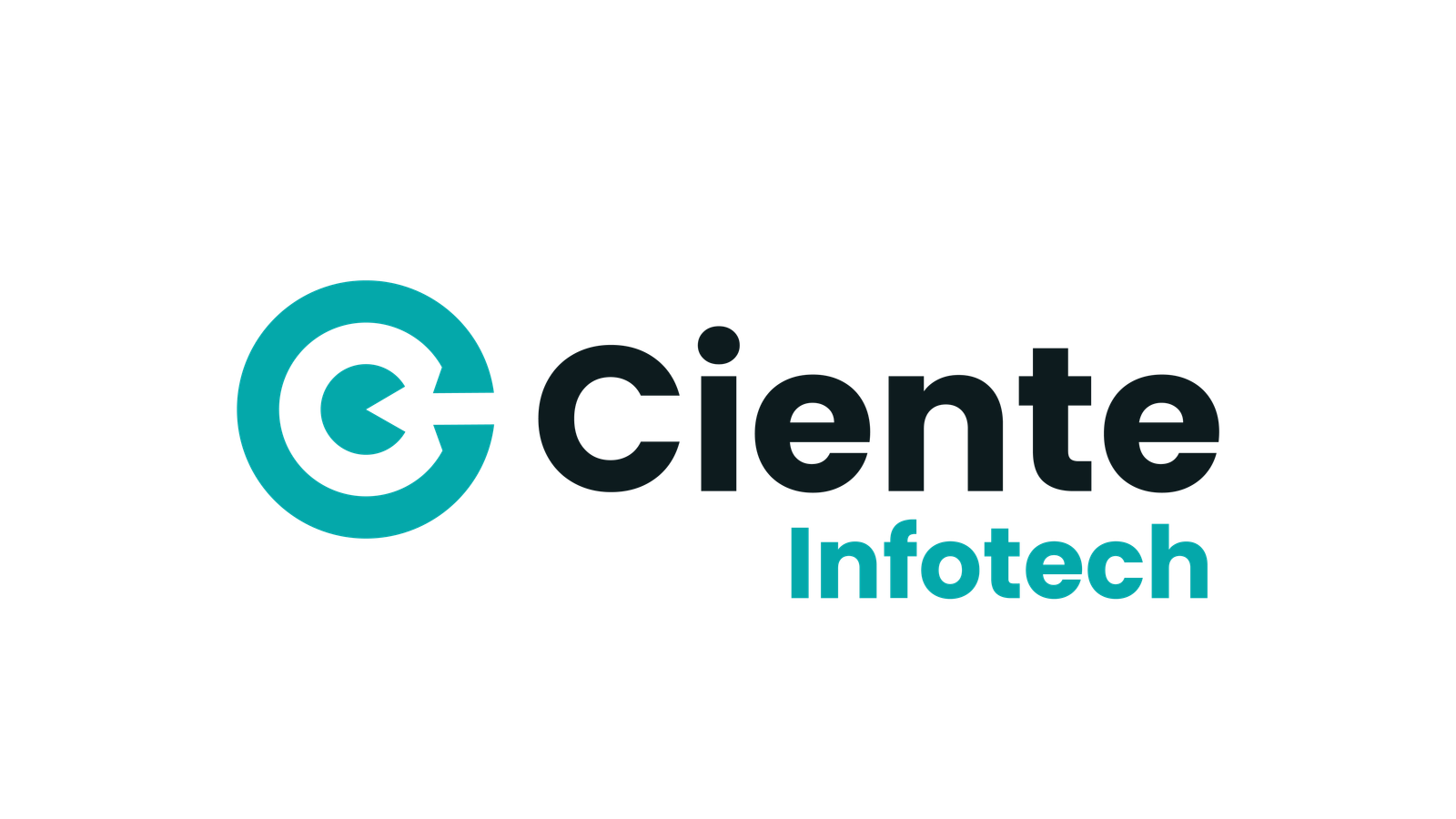If you’re investing more time in technology than it’s freeing up for you- is it an investment or a mere liability?
We’ve all had our fair share of experiences with complicated technologies that make most of us want to pull our hair out. It’s frustrating, to say the least.
We’ve also had experiences that are the polar opposite- they make life easy. These platforms and technologies are smooth and intuitive. You get what you need without racking your brains too hard.
Simplicity wins in the digital world. Your customers want seamless experiences with the products and services they interact with; brands that provide ease and convenience with a solid backbone of technology will continue to leapfrog their counterparts that don’t. Because complicated doesn’t always mean intelligent.

The stacks
If your tech stack is causing your team more problems than it solves, you might be going about building it all wrong. Tech leaders must bring transparency at all levels to break down organizational silos and ensure no team or department is sitting on data it doesn’t share across the business.
If you want to keep your customer, keep it simple- the entire customer experience with tech, processes, and people.
There’s a massive opportunity in simplifying your tech stack. Start with not building any process in isolation- bring it all together. As leaders, it’s imperative to gauge how the dots connect. Ask your team some crucial questions related to the tech stack- which technology acquisition made sense and which didn’t in terms of usage, training, and ROI. Prioritize the processes you want to automate first without jumping on the bandwagon.
Not every fad becomes a trend, and not every product is worth your investment.

What’s it getting you
Every business unit will face complications, but it’s the difference between complicated and byzantine that matters. If you’re investing more time in technology than it’s freeing up for you- is it an investment or a mere liability?
Have a customer-centric mindset when you buy, manage, or scrap technologies. What makes the end goal easier? New technologies keep emerging in the market with added features; this has also led to tech leaders choosing the best-of-the-breed approach rather than relying on a single vendor.
Modern organizations need specialized, more focused solutions that align with the overall business objectives.
Tech complexity has implications on team composition too. The kind of tools we need and build today rely on different skill sets and constant collaboration; cross-functional teams are the new competitive advantage.
The Editor’s Note
The tech industry works on the premise of adaptive learning, but it’s crucial to gauge the value of technology before you decide to invest in it. Each technology adoption comes with opportunities and risks, and it’s up to the leader to weigh the pros and cons to interpret what makes the most sense for the business requisites and customer satisfaction.
It’s time tech leaders manage change with a result-driven approach because technical debt doesn’t look good on anyone.



